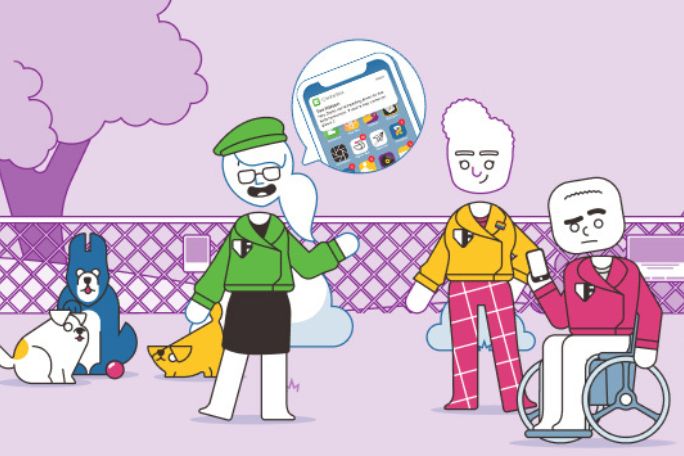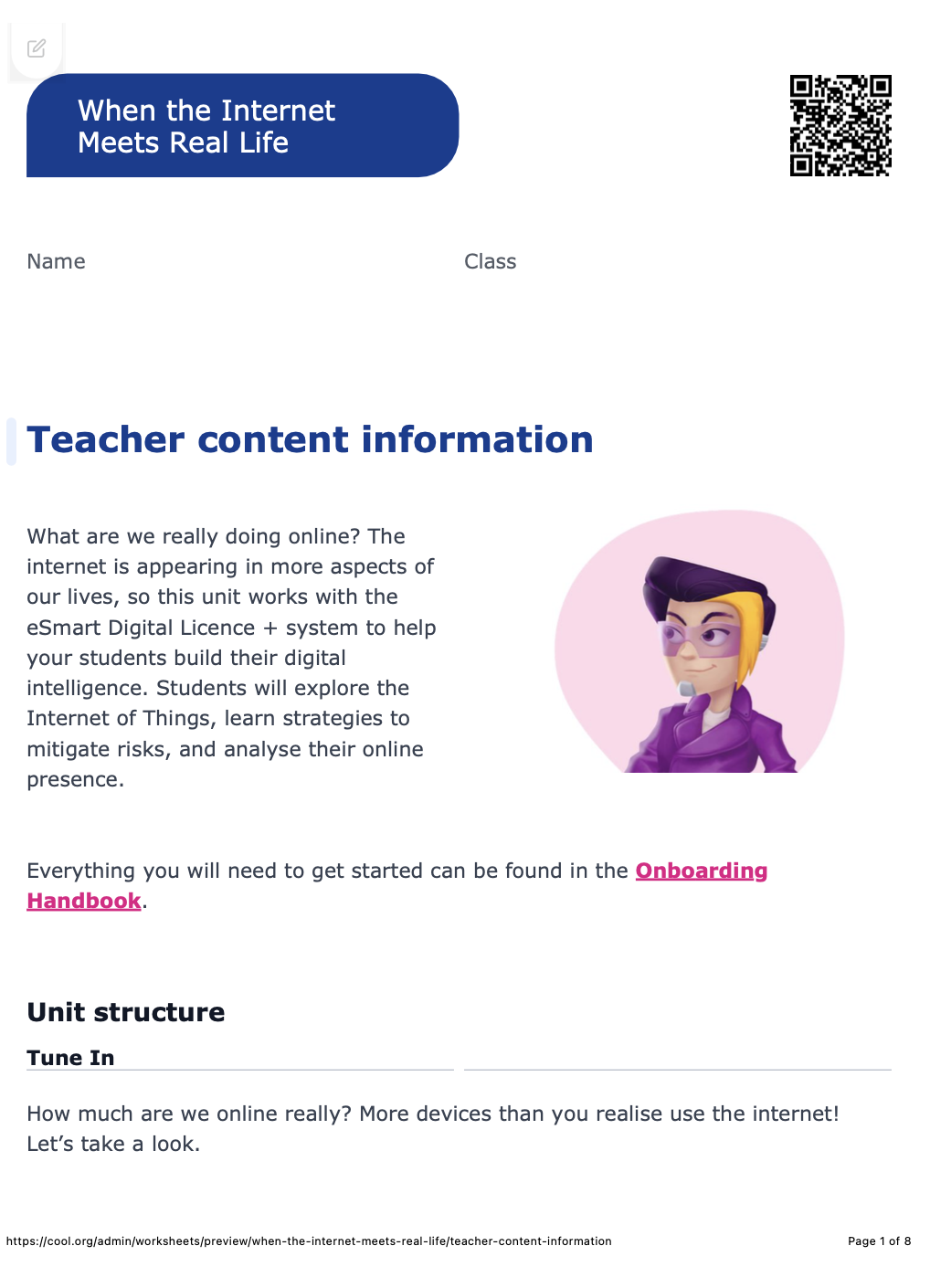Lesson summary
Students will investigate the systems used in their local community and create recommendations for improvements in security and user experience.
Learning intentions:
Students will...
- investigate digital systems used in their local community.
Success criteria:
Students can...
- identify strengths and weaknesses of digital systems in their local community
- suggest improvements and provide justification for these suggestions.
Lesson guides and printables
Curriculum links
Select your curriculum from the options below.
Lesson details
Skills
This lesson is designed to build students’ competencies in the following skills:
- critical thinking
- collaboration
- communication
- community engagement
- digital literacy
- problem solving
- reflection
Curriculum Mapping
Australian Curriculum (v9.0) content description:
- select and use a range of digital tools efficiently and responsibly to share content online, and plan and manage individual and collaborative agile projects (AC9TDI8P12).
- investigate and manage the digital footprint existing systems and student solutions collect and assess if the data is essential to their purpose (AC9TDI8P14).
Relevant parts of Year 7 & 8 achievement standards: Students explain how data is transmitted and secured in networks, and identify cyber security threats. They manage their digital footprint.
NSW Syllabus outcomes:
- explains how data is represented in digital systems and transmitted in networks
General capabilities: Critical and Creative Thinking, Digital Literacy
UN Sustainable Development Goals
- Target 9.c: Significantly increase access to information and communications technology and strive to provide universal and affordable access to the Internet in least developed countries by 2020
Resources Required
- Device to show media to students
- Devices for online research
- Student worksheet (1 per group)
Additional Info
The Alannah & Madeline Foundation has developed a new and innovative online learning experience that builds digital intelligence in students aged 10-14, giving them the knowledge and skills they need to harness the opportunities and deal with the challenges of the digital world. Aligned to leading international frameworks for digital intelligence and future readiness, the eSmart Digital Licence+ offers cutting-edge, evidence-based learning materials that educators can use in remote and blended learning environments.
These lessons are designed to assist teachers in implementing eSmart Digital Licence+ in their classroom by scaffolding students' understanding and then putting their new eSmart skills to use in the real world.
The Alannah & Madeline Foundation is a national not-for-profit organisation dedicated to keeping children and young people free from violence and trauma wherever they live, learn and play.
Level of teacher scaffolding: high - teachers will moderate student discussion, guide online research, and scaffold student projects
Related Professional Learning
Social media allows for greater interaction in the education community. It can also be a challenging space if you are not fully aware of how to protect your privacy on popular social platforms. This course will explore the practical steps you can take to protect yourself (and your professional identity) in the online environment.



Welcome back!
Don't have an account yet?
Log in with:
Create your free Cool.org account.
Many of our resources are free, with an option to upgrade to Cool+ for premium content.
Already have an account?
Sign up with:
By signing up you accept Cool.org's Terms and Conditions(Opens in new tab) and Privacy Policy(Opens in new tab).